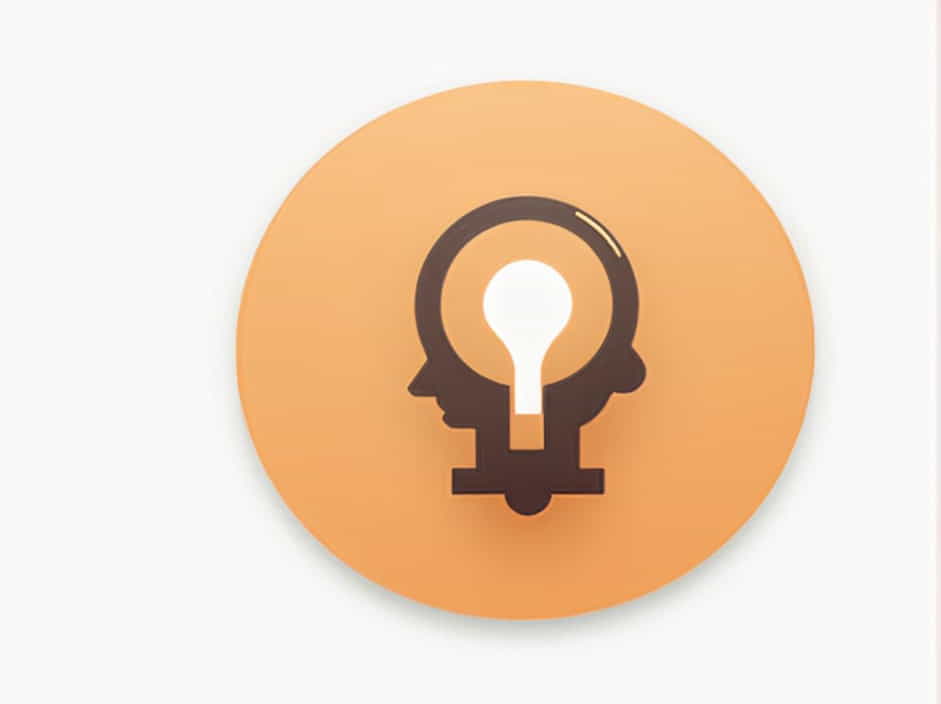The method of introspection has played a crucial role in the history of psychology. It was one of the earliest techniques used to understand human thoughts, emotions, and experiences. But who used this method, and how did it influence modern psychology?
This topic explores the origins of introspection, the key figures who used it, its strengths and weaknesses, and its impact on modern psychological research.
What Is the Introspection Method?
Introspection is the process of examining one’s own thoughts, feelings, and mental states. The word comes from the Latin introspicere, meaning ‘to look within.
In psychology, introspection was used as a research method to analyze the structure of consciousness. This involved training individuals to carefully describe their inner experiences in response to specific stimuli.
For example, a researcher might ask a person to describe their thoughts while looking at a painting or listening to a sound. The goal was to understand the basic elements of human consciousness.
Who Used the Method of Introspection?
1. Wilhelm Wundt – The Father of Experimental Psychology
The method of introspection was first developed by Wilhelm Wundt in the late 19th century. Wundt, a German psychologist, is often called the ‘father of experimental psychology.’
In 1879, he established the first psychology laboratory at the University of Leipzig, Germany. His goal was to make psychology a scientific discipline by using controlled experiments.
Wundt’s introspection method involved:
- Training participants to describe their mental experiences in detail.
- Using standardized stimuli, such as sounds or images.
- Recording and analyzing the responses to identify patterns in thought processes.
Wundt believed that by breaking down consciousness into basic elements-such as sensations, images, and feelings-psychologists could understand how the human mind works.
2. Edward Titchener – Structuralism and Introspection
One of Wundt’s students, Edward Titchener, expanded the method of introspection and developed a school of thought called structuralism.
Titchener’s approach to introspection focused on:
- Identifying the basic structures of consciousness.
- Using trained observers to describe their thoughts in response to specific stimuli.
- Avoiding ‘stimulus error,’ which meant separating the physical object from the mental experience of it.
For example, if a participant looked at a red apple, they were not supposed to say ‘apple.’ Instead, they had to describe the individual sensations (e.g., ‘red,’ ’round,’ ‘smooth’).
Titchener’s structuralist approach aimed to break down mental processes into their simplest components, much like how chemistry breaks down substances into elements.
3. William James – The Functionalist Perspective
While Wundt and Titchener focused on the structure of consciousness, American psychologist William James took a different approach. He emphasized the function of consciousness rather than its structure.
James believed that introspection should be used to understand:
- How thoughts and feelings help people adapt to their environment.
- The continuous and ever-changing nature of consciousness, which he called the ‘stream of consciousness.’
- Practical applications of psychological research rather than just theoretical analysis.
Although he used introspection, James criticized the rigid methods of Wundt and Titchener, arguing that consciousness cannot be broken into separate elements. His ideas influenced functionalism, a school of thought that later led to the development of applied psychology.
Criticism of the Introspection Method
Despite its early popularity, the method of introspection faced several criticisms:
1. Lack of Objectivity
- Introspection relies on self-reports, which are subjective and unreliable.
- Different participants might describe the same experience in different ways.
2. Inconsistency in Results
- Wundt and Titchener trained participants extensively, but their descriptions were not always consistent.
- Different researchers obtained different results, making it hard to establish universal principles.
3. Not Suitable for Complex Mental Processes
- Introspection works best for simple sensations and emotions but struggles with complex thoughts and unconscious processes.
- Many mental activities, such as memory, decision-making, and perception, occur without conscious awareness, making them difficult to study through introspection.
4. The Rise of Behaviorism
- By the early 20th century, psychologists like John B. Watson rejected introspection.
- Watson argued that psychology should focus on observable behaviors rather than subjective experiences.
- This led to the rise of behaviorism, which dominated psychology for much of the 20th century.
Because of these limitations, introspection gradually lost its status as a primary research method in psychology.
The Legacy of Introspection in Modern Psychology
Although introspection is no longer the main method in psychology, its influence is still present in various fields:
1. Cognitive Psychology
- Modern cognitive psychologists study internal mental processes such as perception, memory, and problem-solving.
- Although they use scientific methods like brain imaging and experiments, introspection is sometimes used to gather qualitative data.
2. Mindfulness and Self-Reflection
- Many modern therapies, such as mindfulness-based cognitive therapy (MBCT), encourage people to observe their own thoughts and emotions.
- This practice is similar to introspection but focuses more on awareness rather than analysis.
3. Qualitative Research Methods
- In fields like social psychology and psychotherapy, researchers use interviews and self-report techniques that share similarities with introspection.
- These methods help understand subjective experiences that cannot be easily measured through experiments.
4. Neuroscience and Consciousness Studies
- With advances in neuroimaging technology, researchers can now study brain activity alongside introspective reports.
- This combination allows scientists to explore how conscious experience relates to brain function.
Even though introspection is no longer the primary method in psychology, its ideas continue to shape how we study the human mind.
The Lasting Impact of Introspection
The method of introspection was a groundbreaking technique in early psychology. Used by Wilhelm Wundt, Edward Titchener, and William James, it aimed to analyze the structure and function of human consciousness.
Despite its limitations, introspection laid the foundation for modern psychological research. While newer methods have replaced it, the concept of self-reflection and internal observation remains relevant in fields like cognitive psychology, mindfulness, and neuroscience.
In the end, understanding how people experience the world remains a fundamental goal of psychology, and introspection played a key role in shaping that journey.
